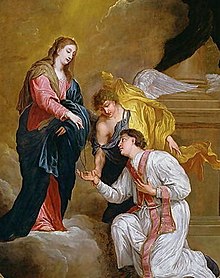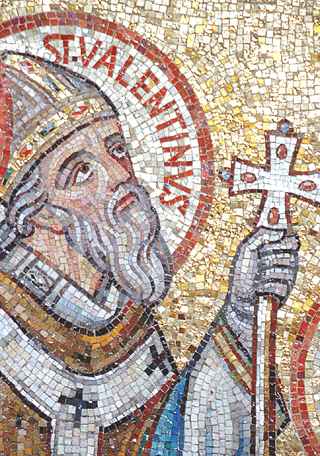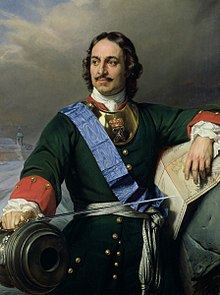We all know Valentine’s Day to be a day of card giving, chocolates and love. But how did this day get started? Where does it come from and whom does it celebrate? The answer is it all began with St. Valentine.
The truth about the life of St. Valentine is wrapped in mystery and shrouded by time. We have very few facts, but tradition holds that St. Valentine, or Valentius, was a Christian priest in the late third century. During the reign of Roman Emperor Claudius II, the Roman Army was in a state of decline. Claudius theorized that single men make better soldiers than married men. He therefore outlawed marriage for all young men. Valentius continued to perform marriage ceremonies in secret despite the emperor’s decree. Consequently, Valentius was imprisoned but met solace and comfort in the Lord and a friend he had made. The legend goes that Valentius fell in love with the jailer’s daughter, whose job it was to bring him his food. After the jailer reassigned his daughter, Valentius wrote her a love letter that became known as the first Valentine’s card. Eventually, Claudius executed Valentius on Feb. 14, but his legacy of love and devotion survived.
In 496, Pope Gesalius officially recognized Feb 14th as Valentine ’s Day of martyrdom and canonized him as a saint. During the middle ages, it became popular to celebrate Valentine ’s Day as a day of romance and marriage, even to exchange cards. The first surviving Valentine’s card we have dates from 1415. It was written by the Duke of Orleans when he wrote to his wife while he was in the tower of London after his capture at the battle of Agincourt. The tradition of celebrating with cards and gifts continued in America and this holiday remains one of the most popular on the calendar. So the next time you write a card or give a box of chocolates, you celebrate the legacy of love, marriage and the good St. Valentine.







